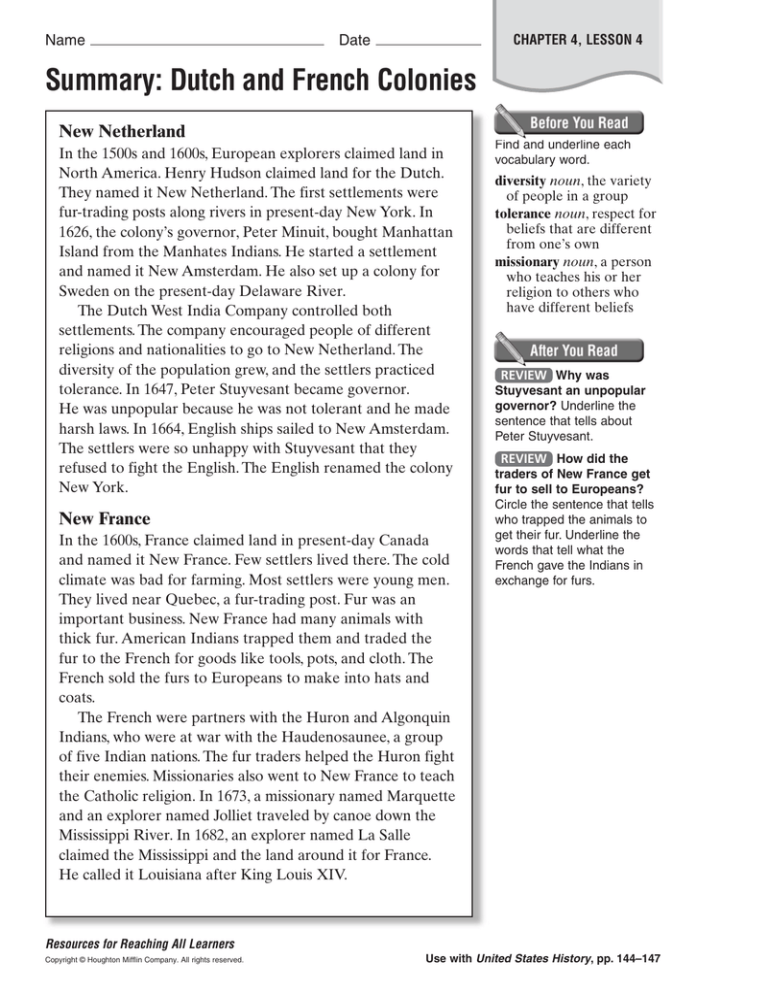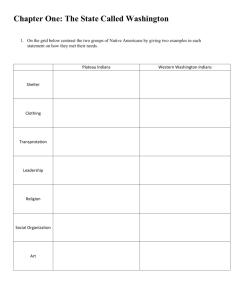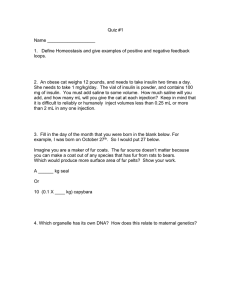
Name
Date
CHAPTER 4, LESSON 4
Summary: Dutch and French Colonies
New Netherland
In the 1500s and 1600s, European explorers claimed land in
North America. Henry Hudson claimed land for the Dutch.
They named it New Netherland. The first settlements were
fur-trading posts along rivers in present-day New York. In
1626, the colony’s governor, Peter Minuit, bought Manhattan
Island from the Manhates Indians. He started a settlement
and named it New Amsterdam. He also set up a colony for
Sweden on the present-day Delaware River.
The Dutch West India Company controlled both
settlements. The company encouraged people of different
religions and nationalities to go to New Netherland. The
diversity of the population grew, and the settlers practiced
tolerance. In 1647, Peter Stuyvesant became governor.
He was unpopular because he was not tolerant and he made
harsh laws. In 1664, English ships sailed to New Amsterdam.
The settlers were so unhappy with Stuyvesant that they
refused to fight the English. The English renamed the colony
New York.
New France
In the 1600s, France claimed land in present-day Canada
and named it New France. Few settlers lived there. The cold
climate was bad for farming. Most settlers were young men.
They lived near Quebec, a fur-trading post. Fur was an
important business. New France had many animals with
thick fur. American Indians trapped them and traded the
fur to the French for goods like tools, pots, and cloth. The
French sold the furs to Europeans to make into hats and
coats.
The French were partners with the Huron and Algonquin
Indians, who were at war with the Haudenosaunee, a group
of five Indian nations. The fur traders helped the Huron fight
their enemies. Missionaries also went to New France to teach
the Catholic religion. In 1673, a missionary named Marquette
and an explorer named Jolliet traveled by canoe down the
Mississippi River. In 1682, an explorer named La Salle
claimed the Mississippi and the land around it for France.
He called it Louisiana after King Louis XIV.
Find and underline each
vocabulary word.
diversity noun, the variety
of people in a group
tolerance noun, respect for
beliefs that are different
from one’s own
missionary noun, a person
who teaches his or her
religion to others who
have different beliefs
REVIEW Why was
Stuyvesant an unpopular
governor? Underline the
sentence that tells about
Peter Stuyvesant.
REVIEW How did the
traders of New France get
fur to sell to Europeans?
Circle the sentence that tells
who trapped the animals to
get their fur. Underline the
words that tell what the
French gave the Indians in
exchange for furs.
Resources for Reaching All Learners
Copyright © Houghton Mifflin Company. All rights reserved.
Use with United States History, pp. 144–147




